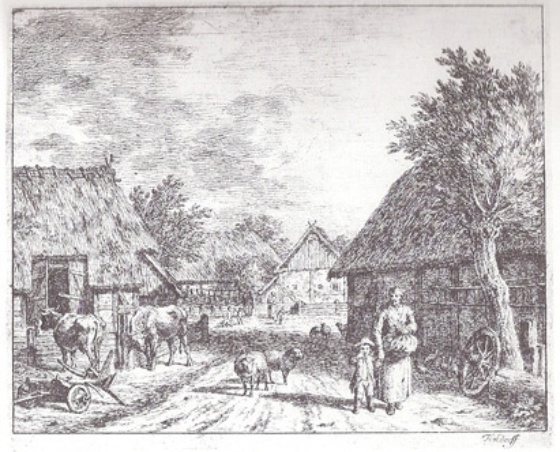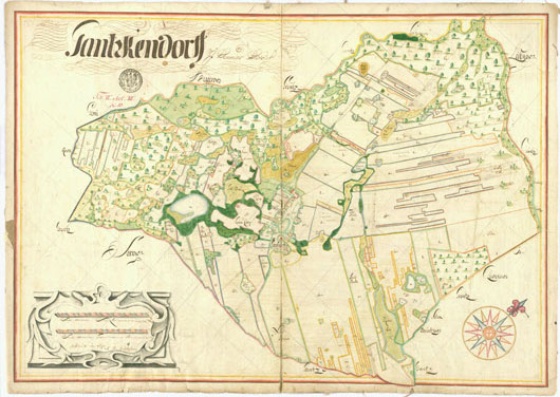Farmers and “Kossats” became day labourers, farm hands, threshers, hoers and herdsmen who mainly worked in manorial self-run businesses in return for payments in kind.
Holstein “Koppelwirtschaft” was an innovation under which the agricultural land was divided into seven to twelve fields and alternatively cultivated with corn, peas, as fallow or pasture. Grain output doubled and cattle farming was intensified through additional pasture land.

